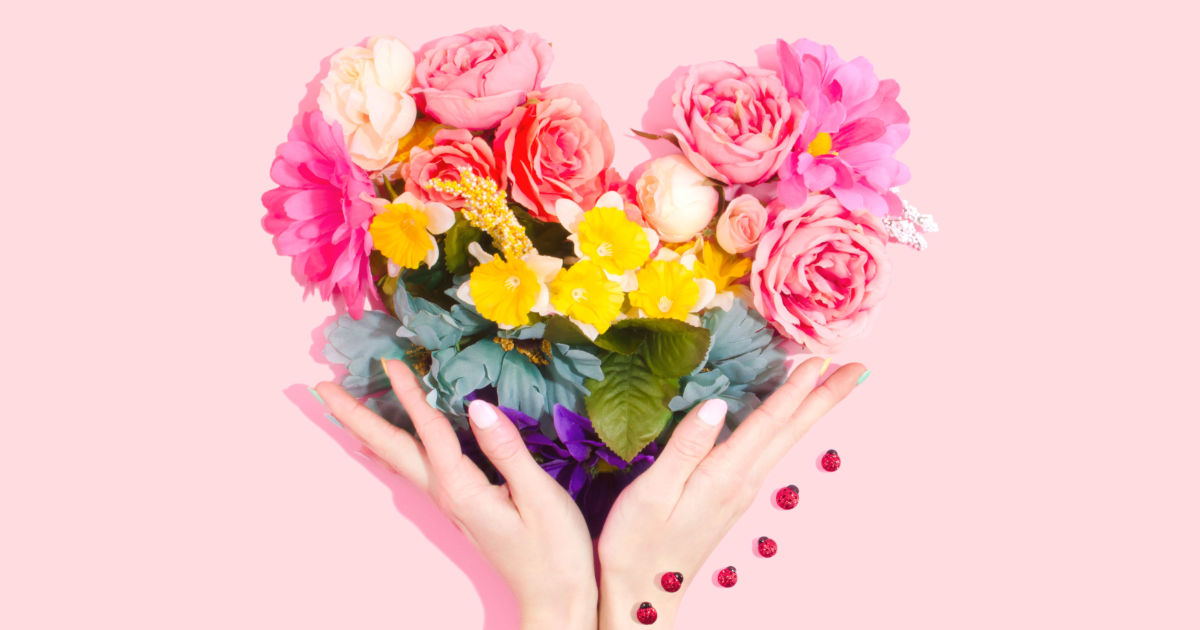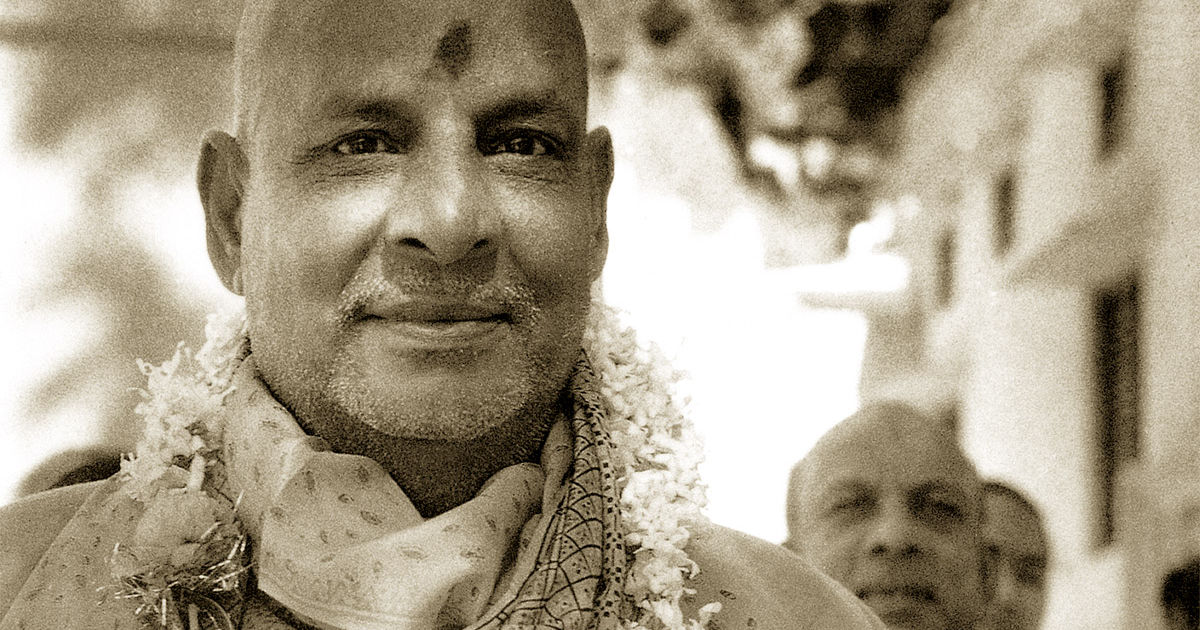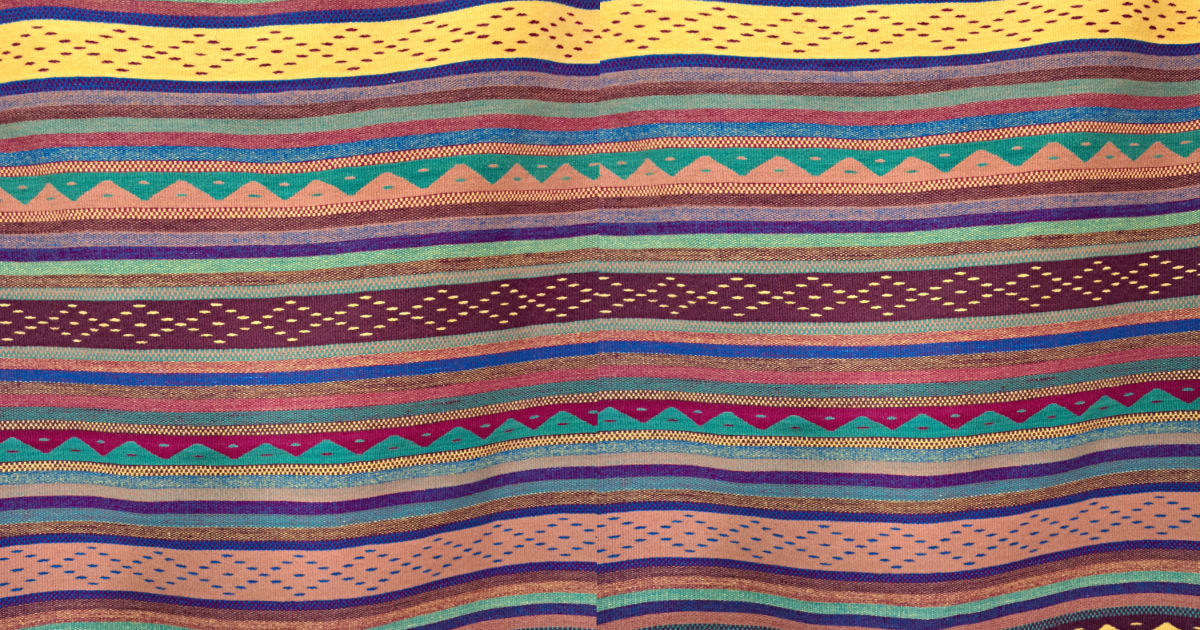A theosophist by the name of Roland Hunt conducted a study on colors in the 1930s. Swami Sivananda, wrote about his work. I felt that my dear ones, you all would be interested in it. Continue reading
Tag Archives: colors
611 – Brighten up our lives
Color and thoughts go hand in hand. Our thoughts are with us constantly and we just ignore the colours surrounding us. All colours have a spiritual aura and we can absorb the colours. Continue reading
610 – Colors and thoughts
Swami Sivananda defines color and thoughts brilliantly. He also speaks about the color of our thoughts. According to him, a spiritual thought is yellow in color, an angry thought is red in color, a thought focusing on hatred is of a blood red color and a selfish thought is brown in color. Continue reading
555 – Numbers, colors and bonds
Asia has customs which are special to the countries and the persons, who dwell there.
India
Ashthang Namaskara (I bow to the divinity in you) indicates a prostration in salutation or adoration, that involves touching the ground with eight principal parts of a person, which include knees, hands, feet, chest, eyes, head, words and mind. By performing it, one pays respect to the Gods, gurus and elders. It is also done to pay respect to Surya, the sun god. It is also regarded as a fundamental step towards one’s spiritual growth. Continue reading
515 – Where have all the colors gone?
Colors were once a part of our life. One just had to look around and see brilliant colors. The world’s oldest color was bright pink. By crushing 1.1-billion-year-old rocks found beneath the Sahara Desert, it was discovered. In India it is known as Rani Pink, and in English as shocking pink. Continue reading
461 – Apply the colors of Christmas in your life
Red, green, gold, purple, white, and blue have very potent associations. The attributes of the colors are very powerful. Red is associated with love, green with regeneration, gold with energy, purple with spirituality, blue with the heart, and white with purity. Continue reading
433 – The colors of Nature
We have so many beautiful colors in nature. Yet we use artificial colors for fabric and other items. These dyes are destroying our rivers, which in turn go into the oceans. The blue used for denim is toxic and children are working in the factories to make the denim that we all find so practical to wear. Continue reading
420 – Visualization
Modifications in our consciousness.
“Each day watch the colors of your mind.
Until the light shines clearly
And you see straight through
The craving of your senses.
Thus, you will win freedom from experiences
Which carves you to its form
Release from desire which eats you from within.” Swami Satyananda Saraswati.
In Hinduism, colors play a very significant role. Some of the main colors are red, yellow (turmeric), green from leaves and white from wheat flour.
The meaning of the colors
Red is the color used most frequently for auspicious occasions like marriages, birth of a child, festivals, etc. A red mark is put on the forehead during ceremonies and important situations. As a sign of marriage, women put red powder (sindhoor made from turmeric and lime juice) in their hair parting. Red powder is applied to statues of deities, during prayers. It is also the color of Shakti’s strength. A red dress is put on Gods who are charitable, merciful and protective against evil. A married Indian woman is wrapped in red, when she is cremated.
Saffron expresses fire, abstinence and celibacy. Wearing this color also means searching for the light.
Green characterizes peace and happiness.
Yellow is the color of knowledge and learning and it symbolizes happiness, peace and meditation.
White is a mixture of seven colors, and therefore depicts the qualities of each color. It typifies purity and cleanliness. It is also the color of mourning for Hindus. The deities always have a little bit of white on their clothes.
Blue is a color which is everywhere in nature. It is a color which demonstrates stability and strong character. Rama and Krishna are colored blue because they protected mankind against evil.
Violet is associated with oneness with God, peace and wisdom. The lotus flower is of many colors but violet is considered the most sacred.
Last but not least, black is a color which is used to ward of the evil eye. According to Astrology if you wish to harmonize the planetary influences, then black is the color to be worn on Saturday. Black color is offered to the fiercest form of mother. In this color she absorbs everything that she has created.
The colors of the gunas
Prakriti, the Goddess is described as having three gunas. Purity, passion and inertia. Knowledge arises from Sattwa; greed from Rajas; delusion, heedlessness and ignorance arise from Tamas. The Gunas are represented by three colors, Sattwa is harmony and purity, and is therefore white. Rajas is energy and passion and is rendered as red. Tamas is inertia and ignorance and is depicted as Black.
A special visualization for you, before you get out of bed.
Close your eyes. Breathe in and out of your nostrils eleven time. Now visualize your breath, while inhaling going in through both nostrils and meeting at the eyebrow center. While exhaling visualize the breath descending form the eyebrow center out of both the nostrils. This is triangular breathing. Do this fifty-four times. See a color in the Chidakasha, the space behind the eyebrow center. Ten minutes stay with the color, if the color changes, no worry. End the practice with becoming aware of the normal breathing process.
All the colors are very powerful in their energy. Do not push to see a particular color.
Aim Hrim Klim
378 – Colors and their importance at Navratri
Navratri means nine nights of worship. Nine colors are worn on nine different days.
White is the first color and it stands for peace and serenity. The Goddess Brahmacharini represents peace and serenity. She is depicted with a rosary in her right hand and a water pot in her left hand. Jasmine and white lotus are offered to her. Continue reading







